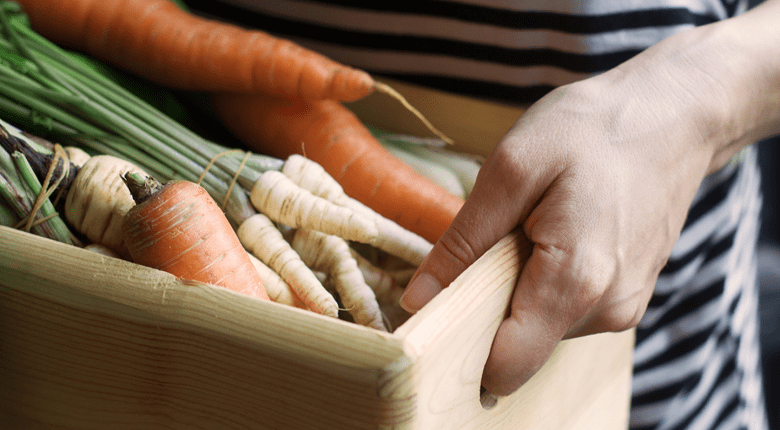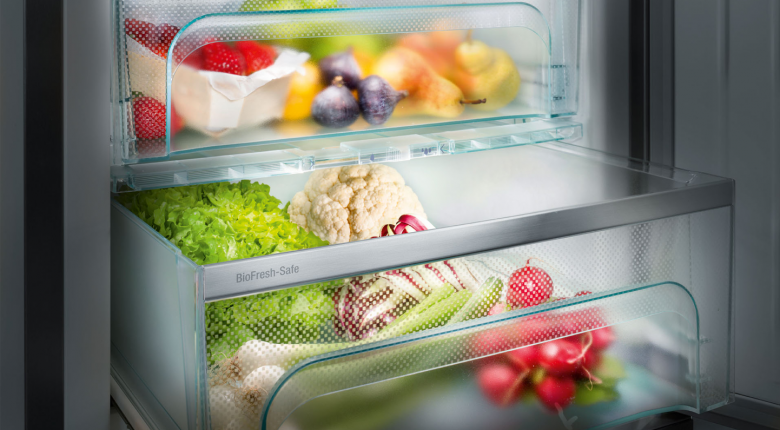How do you know if you are eating enough fibre? It’s a pretty simple question but one that many of us probably can’t put a figure on. And what can you do to increase your fibre intake? Read on to find out exactly how much fibre you should be eating according to the latest research…
A major new study has investigated how much fibre we actually need each day and, it seems, we need much more than we’re currently consuming as a nation. What’s more, the evidence for the health benefits of having more fibre as part of our daily diet is stronger than ever.
How much fibre do we need on a daily basis?
Researchers from the University of Otago, and the University of Dundee have established that we should be aiming to consume at least 25g of fibre on a daily basis.
However, to really maximise potential health benefits we should all be looking to eat more than 30g of dietary fibre – a figure UK government guidelines also recommended back in 2015. To put this into perspective, most people around the world are not even reaching 20g of fibre each day, with just 10% of UK adults managing 30g of fibre daily currently.

Carrots are a good source of fibre and will stay fresh for up to 80 days in a Liebherr BioFresh compartment
The health benefits of fibre
So, what are the clear benefits of dietary fibre other than to encourage bowel movement (something most of us are probably already aware of)? After analysing nearly 200 studies and 58 clinical trials, the expected health benefits of eating more fibre have been published in The Lancet medical journal. To put it into numbers, it suggests that if 1,000 people moved from a low-fibre (less than 15g) to a high-fibre (25-29g) diet, 13 deaths and 5 cases of heart disease would be prevented over a 10 – 20 year period. The results also indicate lower levels of type-2 diabetes and bowel cancer, lower weight, blood pressure and cholesterol levels with a high-fibre diet.
Fibre helps us to feel full, aids digestion and affects the way fat is absorbed in the small intestine. It is also part of a process in the large intestines that produces short-chain fatty acids used by the body.
The best foods for fibre intake
Now that we know that there are genuine health benefits, what are the best ways to increase fibre in your diet? Foods containing 6g fibre or more per 100g are considered to be high fibre foods, while those containing at least 3g of fibre or more per 100g are considered to be a source of fibre. Good sources of fibre include fruit like bananas and apples, vegetables, certain breakfast cereals, wholewheat pasta and brown rice, pulses (beans, lentils, peas and chickpeas), as well as seeds and nuts. Simply swapping from white to wholemeal and/or granary bread can also help to increase your fibre intake.

In a Liebherr BioFresh compartment many high fibre foods remain fresh for considerably longer
Keep fibre fresher with Liebherr’s BioFresh technology
As we’ve mentioned, fresh fruit and vegetables are a great way of upping your dietary fibre numbers. The fresher and more delicious the food containing fibre is, the more likely you are to reach for it and get to that daily fibre goal of 25g – 30g or more. In a Liebherr BioFresh compartment, many foods remain fresh for considerably longer than in a standard refrigerator. The following list contains just some examples of fibrous produce that you can stock up on, safe in the knowledge that they will stay fresher for longer…
- 2 x carrots – 6g fibre (up to 80 days BioFresh)
- 80g raspberries – 5.6g fibre (up to 3 days BioFresh)
- 1 x apple, skin-on – 4g fibre (up to 80 days in BioFresh)
- 2 x kiwi fruit – 4g fibre (up to 80 days in BioFresh)
- 80g green peas – 4g fibre (up to 14 days in BioFresh)
- 80g blackberries – 4g fibre (up to 3 days in BioFresh)
- 80g Brussels sprouts – 3g fibre (up to 20 days in BioFresh)
The NHS adult portion size for fresh fruit and vegetables is 80g.
Storage time in the fridge for comparison: carrots (up to 50 days), raspberries (up to 1 day), apples (up to 50 days), kiwi fruit (up to 40 days), green peas (up to 7 days), blackberries (up to 1 day), Brussels sprouts (up to 11 days).
Click here for the full list of produce that can be stored in BioFresh and their storage time compared with the refrigerator. All values are standard and vary on an individual basis depending on the variety and proper storage with an uninterrupted cooling chain from harvesting/producer to the Liebherr BioFresh compartment. For all food with an expiry date, the date on the package applies.
Some other sources of fibre
- 1/2 cup of rolled oats – 9g fibre
- 1 x wholemeal wrap – 5g fibre
- 1 x 180g-200g baked potato cooked, skin-on – 5g fibre
- 1 cup of cooked lentils – 4g fibre
- 1 x 150g sweet potato – 3.6g fibre
- 2 x wheat biscuits – 3g fibre
- 2 x thick slice brown bread – 4g fibre
- 30g serving of almonds – 2g fibre
Main source for fibre content information: Google/USDA.
The NHS suggests adding pulses to meals like curries and stews as well as snacking on healthier options such as rye crackers, oatcakes and vegetable sticks.
In a world where the ‘low carb’ diet remains popular, the evidence points heavily to a rethink. Perhaps fibre should now be considered the new ‘superfood’…
Get in touch with us on Facebook or Twitter and let us know how you get on! We’re also on Pinterest and Instagram.